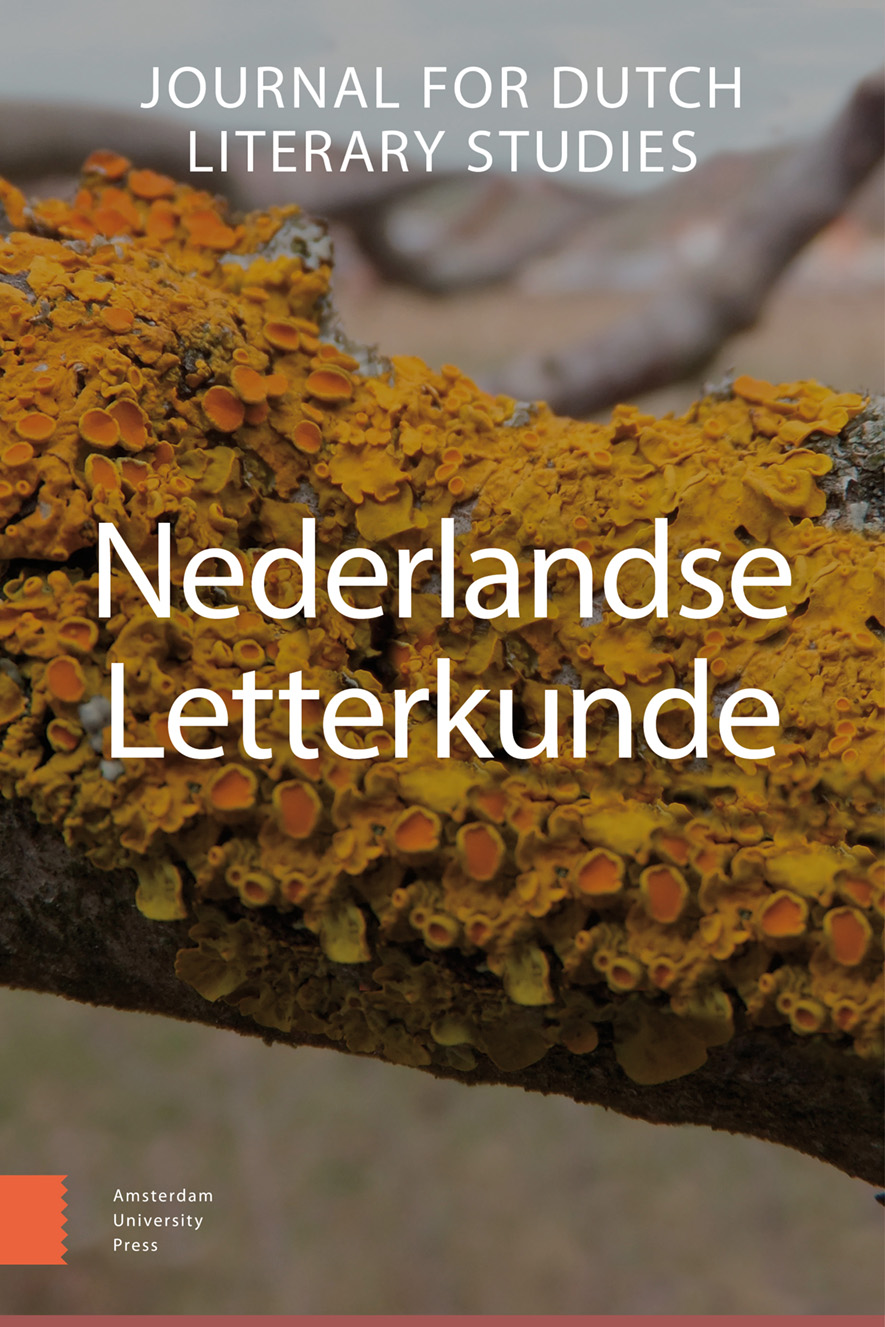
Full text loading...
Taking Dutch digital pioneer Marleen Stikker’s claim that the ‘internet is broken’ as its cue, this article explores the ways in which Dutch literature from the first half of the 1990s reflects on the potential and risks of the impending digital age. Its focus is on two contemporary literary works composed within the context of – or reflecting on – the 1994 launch of De Digitale Stad (dds), an experimental free-net initiative partly facilitated by the city of Amsterdam. Both case studies – the novel Oase by Dirk van Weelden and the collaborative radio play Station het oor – shed light on the cultural production surrounding dds, as they offer literary refractions of dominant spatial figures and topoi concerning the internet. In order to highlight these literary reflections as well as the complex and dynamic sociocultural, economic and technological forces in which they originated, the article draws on close reading as well as concepts and methods from media archaeology. Notably the concept of ‘imaginary media’ allows us to expound on the various ways technologies old and new were given literary meaning in the late twentieth century.

Article metrics loading...

Full text loading...
References


